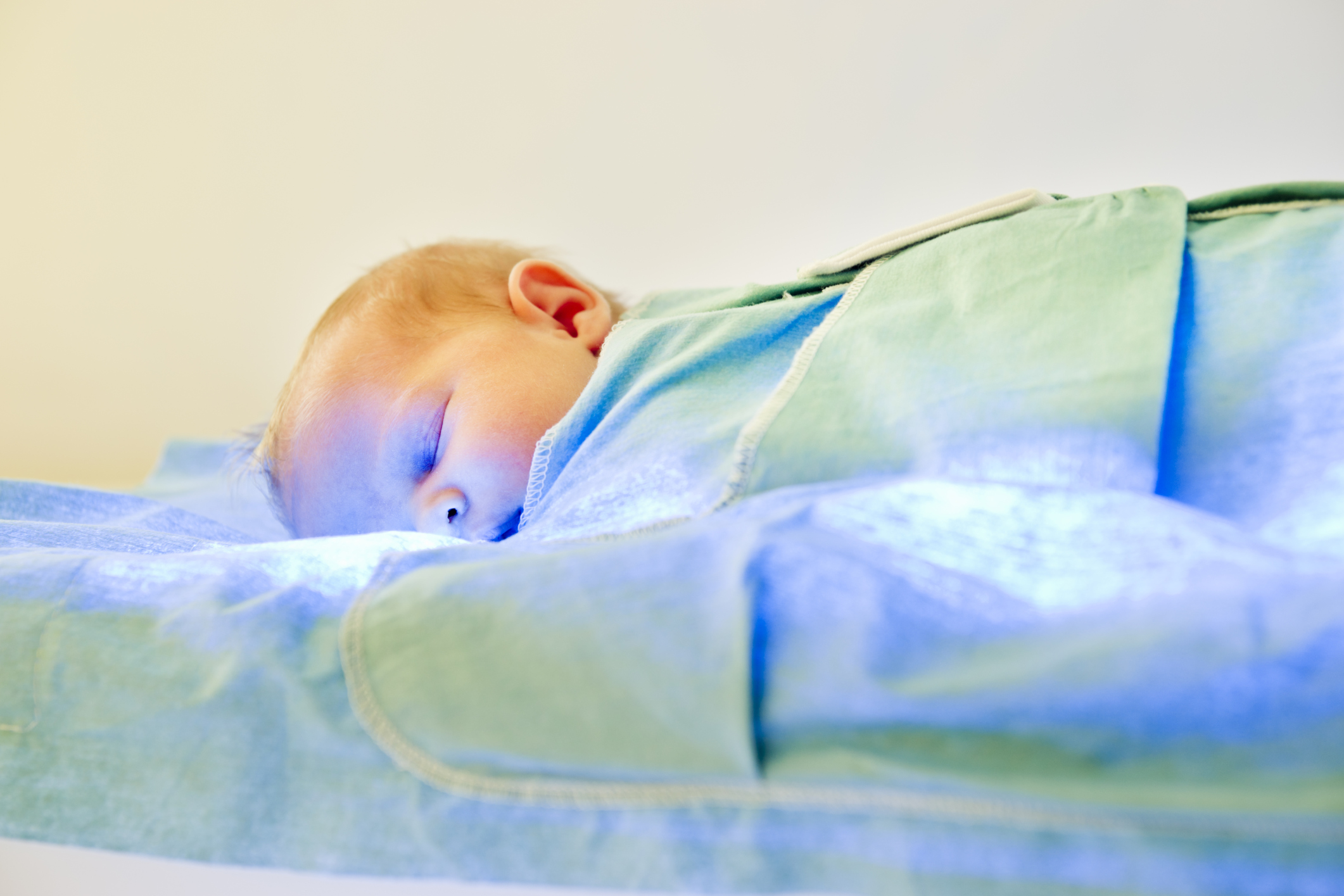The Breakdown on Jaundice
Jaundice is something many parents will encounter with their newborn. About 60 percent of newborns will experience mild jaundice. While it might not be something to worry about, it’s worth being informed about before you head into the delivery room.
Jaundice occurs because a baby’s liver is slow to process bilirubin (something we all have in our blood.) The time at which the jaundice appears is linked to the severity of the condition.
Most mild jaundice appears at 2 to 4 days old, and disappears within 2 weeks. Because it may not appear right away, the American Academy of Pediatrics recommends that parents have infants checked out by their doctor within a few days of birth.
The most popular symptom of jaundice is yellowing of the skin and eyes. The discoloration begins at the head and moves downward on the baby’s body.
If jaundice is suspected in the first 24 hours after birth, tell your doctor immediately. This is a sign the jaundice is severe.
Call your doctor if:
- The yellow tinge to skin or eyes spreads or begins more intense
- Your baby develops a fever of more than 100 degrees.
- Your baby is not feeding well or seems inconsolable
- It is difficult to wake your baby from sleep
Some babies develop something called “breast-milk jaundice” during their first few weeks. It’s usually diagnosed at around 7 to 11 days of age. Your baby may be nursing well and gaining weight normally, but something in the breast milk interferes with his liver’s ability to process bilirubin.
Breast-milk jaundice is pretty common in exclusively breastfed babies, and is generally considered harmless. If your baby’s bilirubin levels get too high, your baby’s doctor may recommend that you stop nursing for a day or two to bring them down. You can use a breast pump to maintain your milk supply until it’s safe to breastfeed again.
Most jaundice cases do not need treatment, and will resolve on their own. Moms are encouraged to feed baby often to help reduce the jaundice, since frequent bowel movements will move the bilirubin through his system quicker. The American Academy of Pediatrics recommends that you breastfeed your baby at least eight to 12 times a day for the first several days.
If your baby does require treatment, you will probably use phototherapy. Phototherapy places the baby under a special ultraviolet light. “Bililights” change the bilirubin to a form that the baby can more easily dispose of in his urine.
If you hear the words “jaundice” in the first few days of your child’s birth, chances are you won’t need to panic. But it’s important to know the signs and symptoms so you know what to watch for. If you have any questions or doubts about your child’s health, don’t hesitate to call your doctor.

